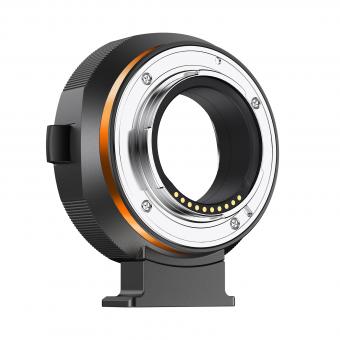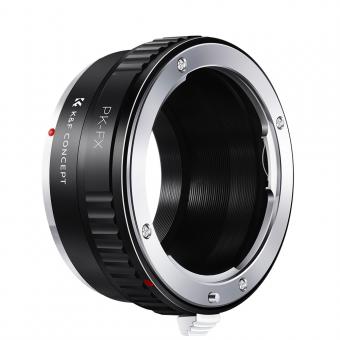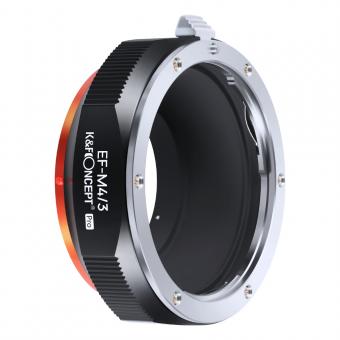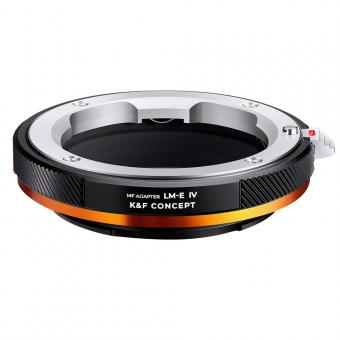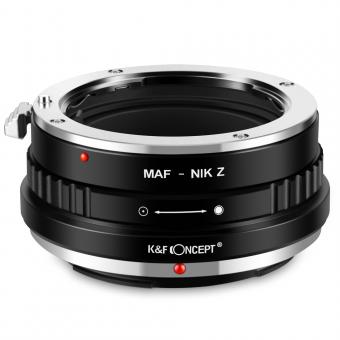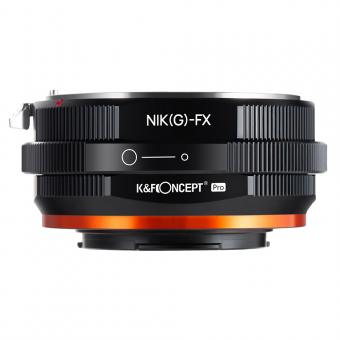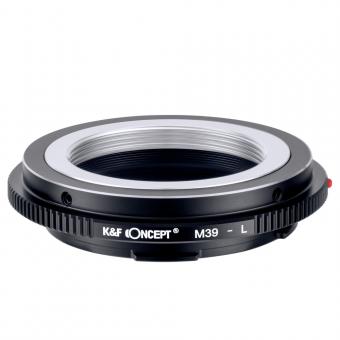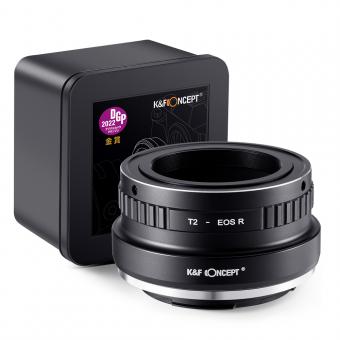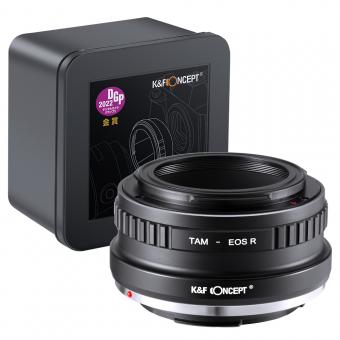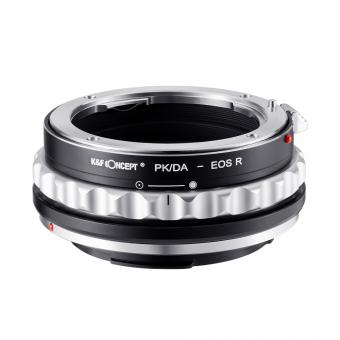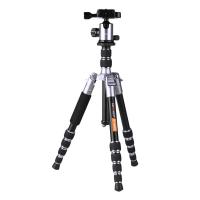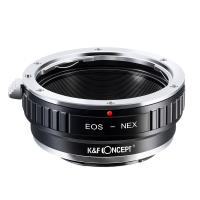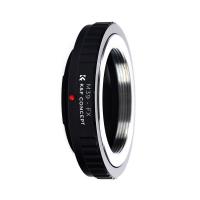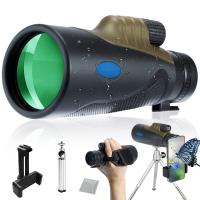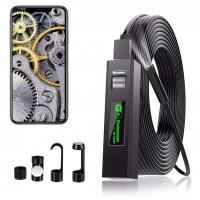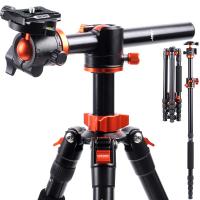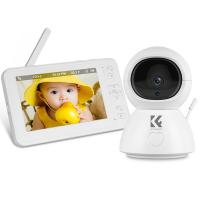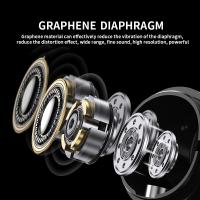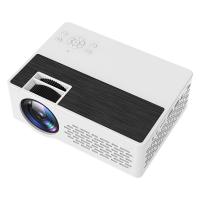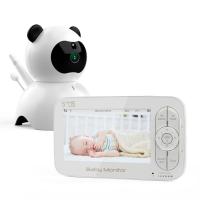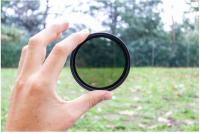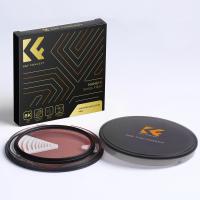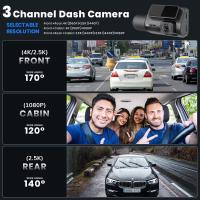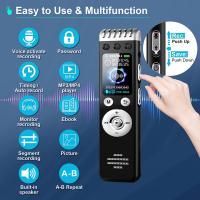Can I Mount Fx Lens On Dx Camera?
In the realm of digital photography, especially in the context of Nikon cameras, understanding the compatibility and interchangeability of lenses is fundamental to making informed decisions about your gear. One recurrent question among photography enthusiasts is whether an FX lens can be mounted on a DX camera. Addressing this question not only involves a technical analysis of camera and lens specifications but also requires consideration of practical implications for image quality, field of view, and overall performance. This article aims to thoroughly explore this topic and offer guidance for photographers considering this combination.
Understanding FX and DX Formats
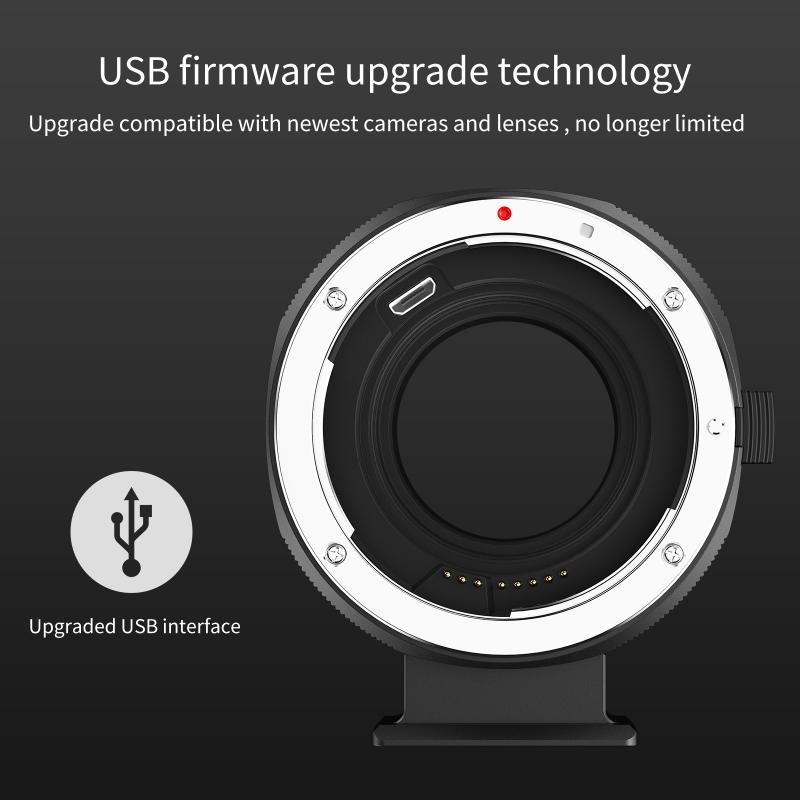
Before delving into the compatibility and the resulting effects of using an FX lens on a DX camera, it’s important to understand what FX and DX denote. FX refers to Nikon's full-frame format, with a sensor size roughly equivalent to a 35mm film frame (36mm x 24mm). DX, on the other hand, designates Nikon's APS-C format, which has a smaller sensor (typically around 24mm x 16mm).
Compatibility: Can You Mount an FX Lens on a DX Camera?
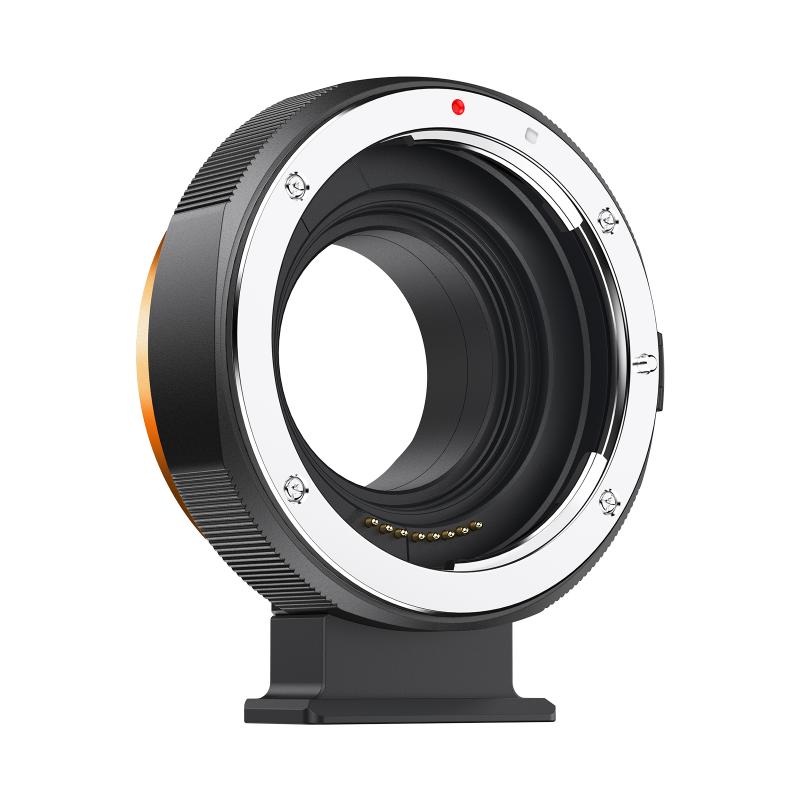
The straightforward answer to this query is: Yes, you can mount an FX lens on a DX camera. Nikon has designed its F-mount in such a way that FX lenses are physically compatible with DX-format cameras. This holds true for both prime and zoom lenses. The mount compatibility means that the lens will fit onto the camera body without the need for an adapter.
Practical Implications
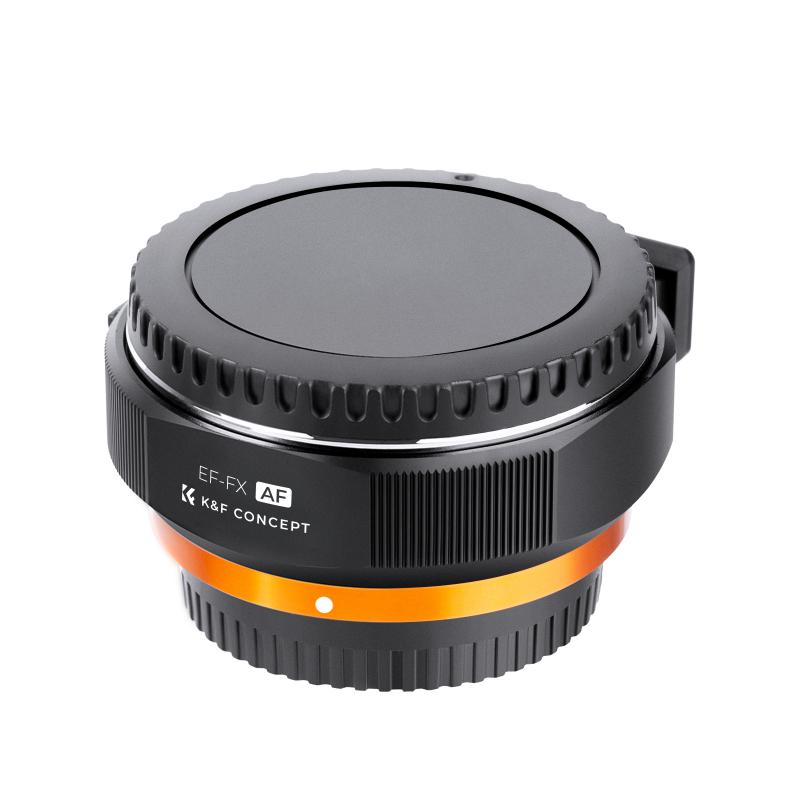
While you can attach an FX lens to a DX camera, several practical considerations arise from this combination that can affect your photographic outcomes.
1. Field of View and Crop Factor
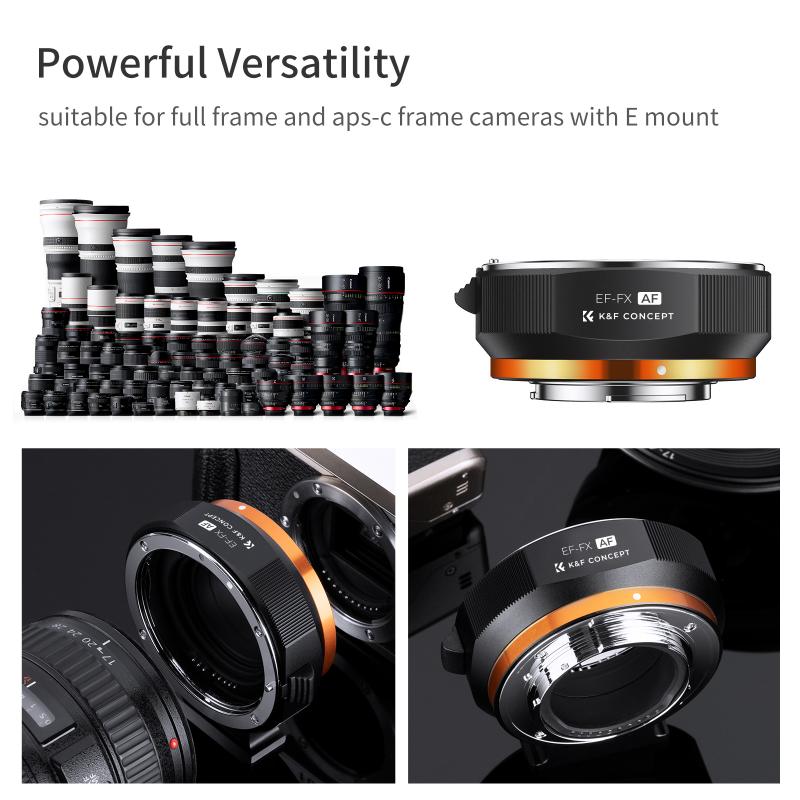
One of the most significant implications is the difference in field of view due to the crop factor inherent in DX cameras. The crop factor for a DX camera is 1.5x. This means that the effective focal length of any lens used on a DX camera will be multiplied by 1.5. For instance, a 50mm FX lens will provide an effective focal length of 75mm when mounted on a DX camera. This crop factor is particularly advantageous for telephoto photography because it effectively increases the reach of the lens.
2. Image Quality
FX lenses are typically designed to project images on a larger sensor. When used on a DX camera, you are essentially using the center portion of the lens’s imaging circle, which is usually the sharpest part of the lens. This can potentially result in better edge-to-edge sharpness and reduced vignetting compared to using a lens designed specifically for the DX format. Enhanced image quality in the periphery of the frame is an advantage for many types of photography, from portraits to landscapes.
3. Depth of Field
Given that the DX format has a smaller sensor size, for the same aperture and subject distance, the depth of field will be deeper compared to the FX format. This should be considered in scenarios where background blur (bokeh) is crucial to the image composition. Photographers aiming for a shallow depth of field may need to adjust their aperture settings accordingly.
Advantages of Using FX Lenses on DX Cameras
Several notable advantages come with using FX lenses on a DX camera. Here are a few:
- Versatility: FX lenses are often of higher build quality and offer better optical performance. This versatility means that your investment in lenses is future-proof if you decide to upgrade to an FX camera.
- Reduced Vignetting: As mentioned, using the central sweet spot of an FX lens minimizes vignetting, yielding better overall image quality.
- Broader Choice: Nikon’s FX lens lineup is extensive, offering a wide range of focal lengths and apertures compared to DX-specific lenses.
Challenges and Considerations
However, this configuration is not without its challenges:
- Increased Weight and Size: FX lenses are generally bulkier and heavier due to the larger glass elements needed for full-frame coverage. This can be cumbersome if portability is a significant concern.
- Cost: FX lenses often come with a higher price tag due to their more complex design and construction. This must be weighed against the benefits they provide.
- Non-waisted Focal Lengths: The effective focal length change might mean rethinking composition strategies, especially if you are accustomed to specific focal lengths on a full-frame sensor.
Case Studies and Use Scenarios
To provide some context, let’s explore a couple of practical scenarios where mounting an FX lens on a DX camera can be advantageous:
Wildlife Photography
Wildlife photographers can benefit immensely from the crop factor provided by DX cameras. For instance, using a 300mm FX lens on a DX body provides an effective focal length of 450mm, allowing closer shots of distant subjects without compromising image quality.
Portrait Photography
In portrait photography, an 85mm FX lens on a DX camera becomes a 127.5mm equivalent, which can be ideal for headshot portraits, providing flattering perspectives and a comfortable working distance.
Landscape Photography
While wide-angle photography is generally more challenging due to the crop factor, using a high-quality FX wide-angle lens can still yield excellent sharpness and detail, especially when edge-to-edge clarity is crucial.
Mounting an FX lens on a DX camera is not only possible but comes with a range of advantages in terms of image quality, versatility, and effective focal lengths. However, photographers must also consider the increased cost, weight, and changes in field of view that come with this combination. Ultimately, this setup can serve as a valuable bridge as photographers transition from DX to FX systems or seek to maximize the capability of their DX cameras by leveraging the superior optics of FX lenses.
For any photographer weighing the pros and cons of this configuration, the guiding principle should always be the specific needs of their photographic endeavors. Whether it’s for the edge-to-edge sharpness in landscapes or the increased focal length for wildlife, understanding the interplay between FX lenses and DX cameras can significantly enhance their photographic toolkit.

